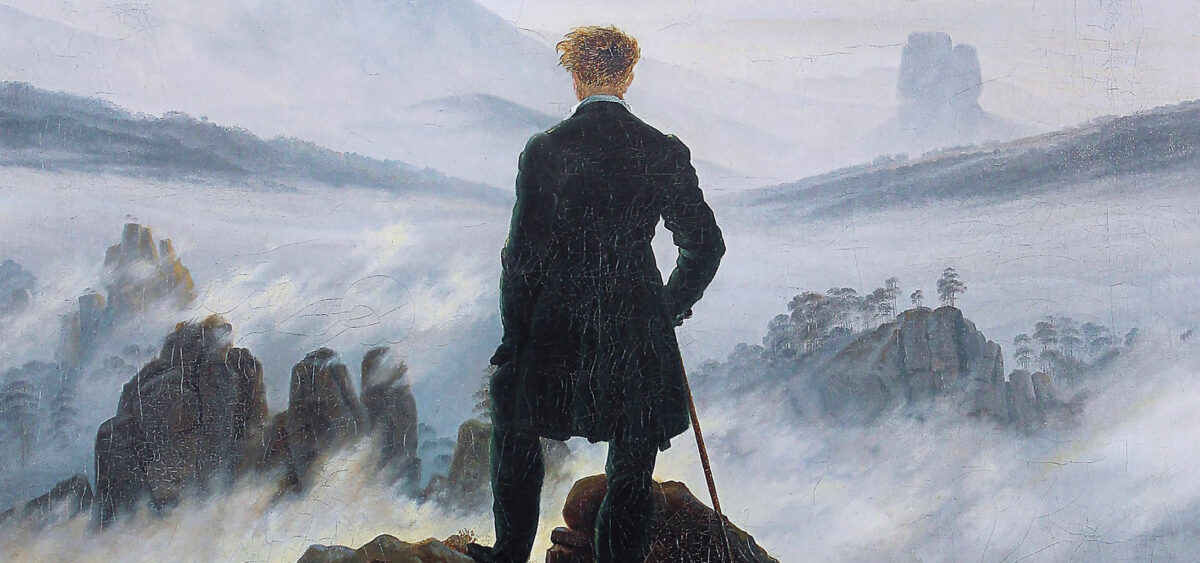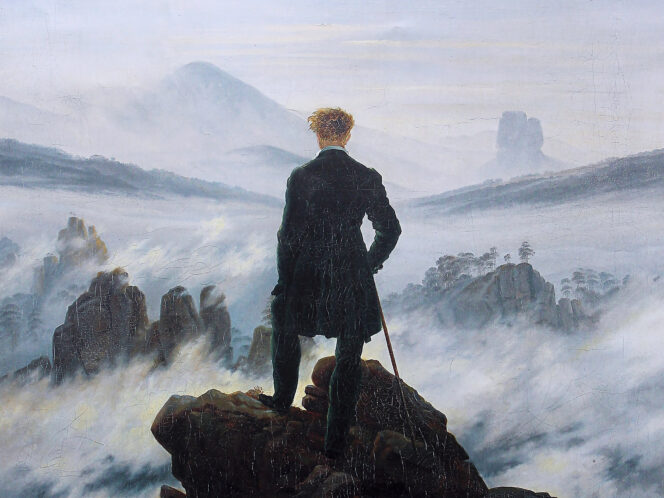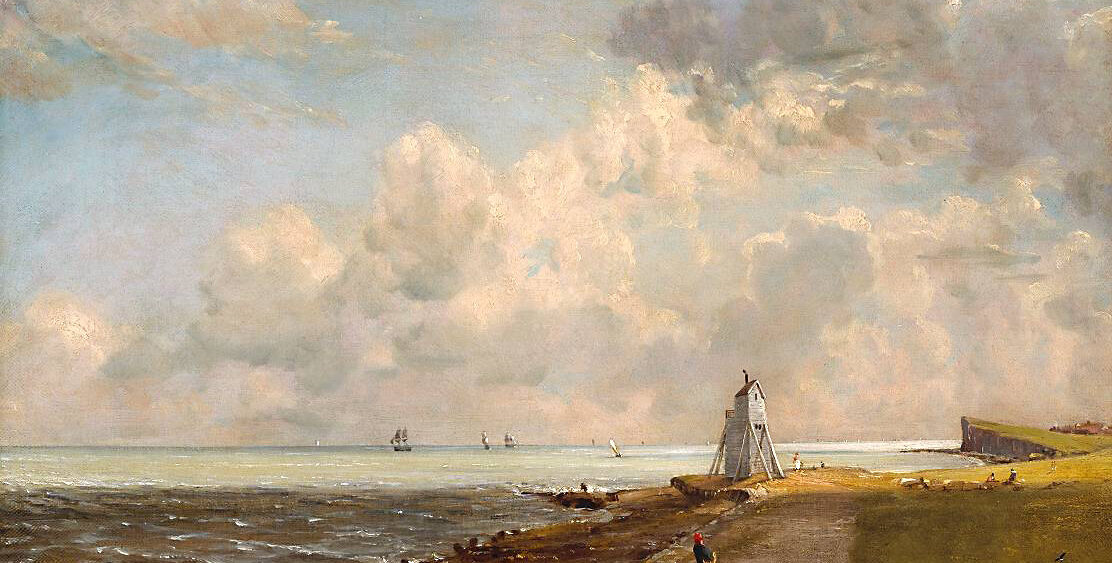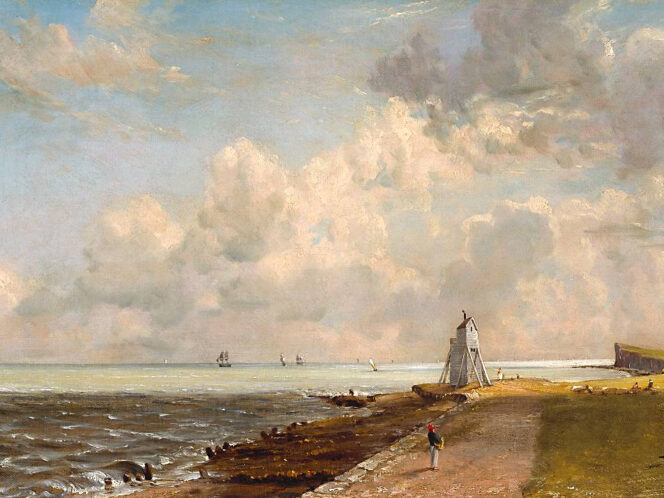
A tale of silence, an icon of human solitude in the face of the forces of nature, or perhaps a memento of the great artist? Take a journey through the maze of interpretations of one of the most famous paintings in history.
I come down from the mountains,
The valley dims, the sea roars.
I wander silently and am somewhat unhappy,
And my sighs always ask “Where?”
This is the lamenting of the Wanderer from a song composed by 19-year-old Franz Schubert to the words of G.P. Schmidt. The stranger looks for a spiritual home everywhere but is condemned to wander forever. Schubert’s music was composed in 1821. Three years earlier, Caspar David Friedrich painted a picture that often illustrates the recordings of the Austrian composer’s song. Wanderer above the Sea of Fog also often ends up on the covers of books








